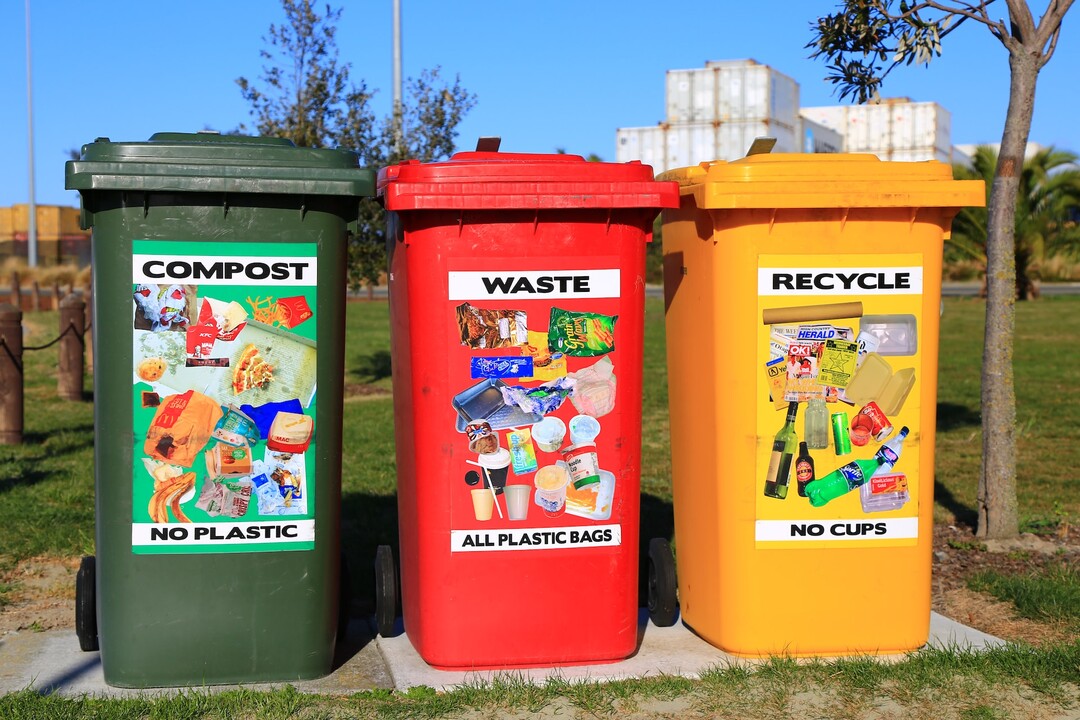Reliable Benzoil Waste Disposal Providers: Eco-Friendly and Reliable
From Land Fills to Recycling Centers: A Comprehensive Overview to Liable Waste Monitoring Practices for a Greener Future
In a globe where the management of waste has come to be progressively critical for the sustainability of our planet, the change from reliance on land fills to the promotion of reusing facilities has gathered considerable attention. The ecological repercussions of garbage dumps are well-documented, prompting a change in the direction of more liable waste administration practices. The journey towards a greener future entails even more than just the standard splitting up of recyclables. It needs a detailed understanding of the various methods readily available, the benefits they offer, and the collective initiatives required to make a substantial difference. By exploring the complex details of waste management methods, a more clear course emerges towards an extra lasting and eco conscious society.
Ecological Impact of Landfills
As organic waste decomposes in anaerobic problems within land fills, methane is released into the atmosphere, capturing heat and aggravating worldwide warming. Furthermore, leachate, a poisonous fluid created as rainwater percolates with waste products, can contaminate soil and water resources, positioning dangers to both public and environmental health.
To address these ecological concerns, positive waste monitoring methods such as boosted recycling, composting, and waste-to-energy innovations are being implemented to decrease the quantity of waste sent out to land fills. By diverting natural waste and recyclables from garbage dumps, the generation of methane and leachate can be reduced, eventually reducing the ecological impact of these disposal websites.

Benefits of Recycling Centers
Recycling facilities play a pivotal duty in promoting lasting waste administration methods and promoting a round economic situation. By reusing products such as paper, plastics, glass, and steels, reusing centers assist lower the removal and intake of raw materials, ultimately lowering the ecological effect of source exploitation.
In addition, reusing facilities significantly contribute to energy conservation and greenhouse gas discharges reduction (Benzoil). The procedure of recycling takes in much less power contrasted to producing goods from basic materials, bring about a decrease in carbon exhausts and a much more energy-efficient manufacturing cycle. In addition, recycling facilities assist produce work opportunities in the reusing sector, sustaining neighborhood economic situations and providing employment opportunities in waste administration and recycling markets
Additionally, recycling centers play a critical function in minimizing the volume of waste sent to garbage dumps, thus prolonging the life-span of existing landfill sites and decreasing the linked environmental and health hazards. By diverting recyclable products from garbage dumps, reusing facilities help mitigate contamination, stop soil and water contamination, and safeguard ecological communities. Inevitably, the existence of recycling centers promotes a culture of ecological stewardship and responsible intake, leading the way for a much more lasting and greener future.
Kinds Of Waste Monitoring Techniques
Exploring various approaches for reliable waste monitoring is critical in advertising sustainability and minimizing environmental impact. Waste management methods encompass a range of approaches to manage different types of waste, each designed to reduce ecological injury and maximize resource recuperation.
One typical method is landfill disposal, where waste is buried in marked areas. While affordable, this technique presents dangers such as groundwater contamination and methane gas discharges. Incineration, another approach, entails burning waste to generate power. While this can decrease waste quantity, it might launch toxins right into the air. Recycling is a popular approach that involves transforming waste materials right into new items to avoid waste of potentially helpful products.
Composting is a biological approach that breaks down natural waste right into nutrient-rich dirt. This approach is particularly effective for food and lawn waste. Waste-to-energy technologies transform non-recyclable waste into warmth, electrical energy, or fuel. Each technique has its challenges and advantages, highlighting the significance of choosing the most ideal approach based upon the kind of waste and ecological factors to consider.
How to Decrease Household Waste
Applying sustainable methods in everyday regimens can considerably reduce home waste manufacturing. One efficient way to lower home waste is by practicing the 3 R's: Minimize, Reuse, and Reuse. To reduce waste, individuals can begin by being mindful of their acquisitions, choosing products with marginal product packaging or in mass to minimize waste generation. Reusing items like containers, bags, and clothing can additionally help reduce the quantity of waste that finishes up in land fills. In addition, recycling materials such as paper, steel, glass, and plastic can draw away waste from the garbage can and provide a brand-new life.
Composting organic waste like food scraps and backyard trimmings is one more environmentally friendly method to lower household waste. Repairing items rather of discarding them and getting second-hand items can likewise add to throw away reduction.
Area Interaction in Waste Monitoring

One way to boost neighborhood involvement is via academic campaigns and workshops that increase understanding regarding the relevance of waste reduction and correct disposal approaches. By arranging clean-up drives and neighborhood recycling occasions, citizens can actively take part in waste management tasks and witness the favorable outcomes of their efforts firsthand. In addition, establishing collaborations with local colleges, services, and community organizations can further reinforce waste management campaigns and encourage collective services to resolve waste-related obstacles within the community. Inevitably, community interaction in waste monitoring is key to promoting a society of sustainability and promoting ecological stewardship for a greener future.

Verdict
In conclusion, accountable waste monitoring practices are necessary for developing a greener future. Engaging with the neighborhood in waste monitoring efforts can even more magnify the positive impact on the environment.
In a world where the administration of waste has actually come to be progressively critical for the sustainability of our planet, the transition from reliance on garbage dumps to the promo of reusing facilities has gathered considerable focus. Recycling is a widely known method that entails transforming waste materials right into new products to protect against waste of possibly valuable products.
To minimize waste, people can begin by being mindful of their acquisitions, deciding for items with minimal product packaging or in have a peek at these guys bulk to decrease waste generation.Composting natural waste like food scraps and yard trimmings is one more green approach to lower house waste.To build upon the foundation of accountable waste administration techniques at the household level, cultivating community involvement in waste administration initiatives becomes necessary for producing a more eco-conscious and lasting culture.